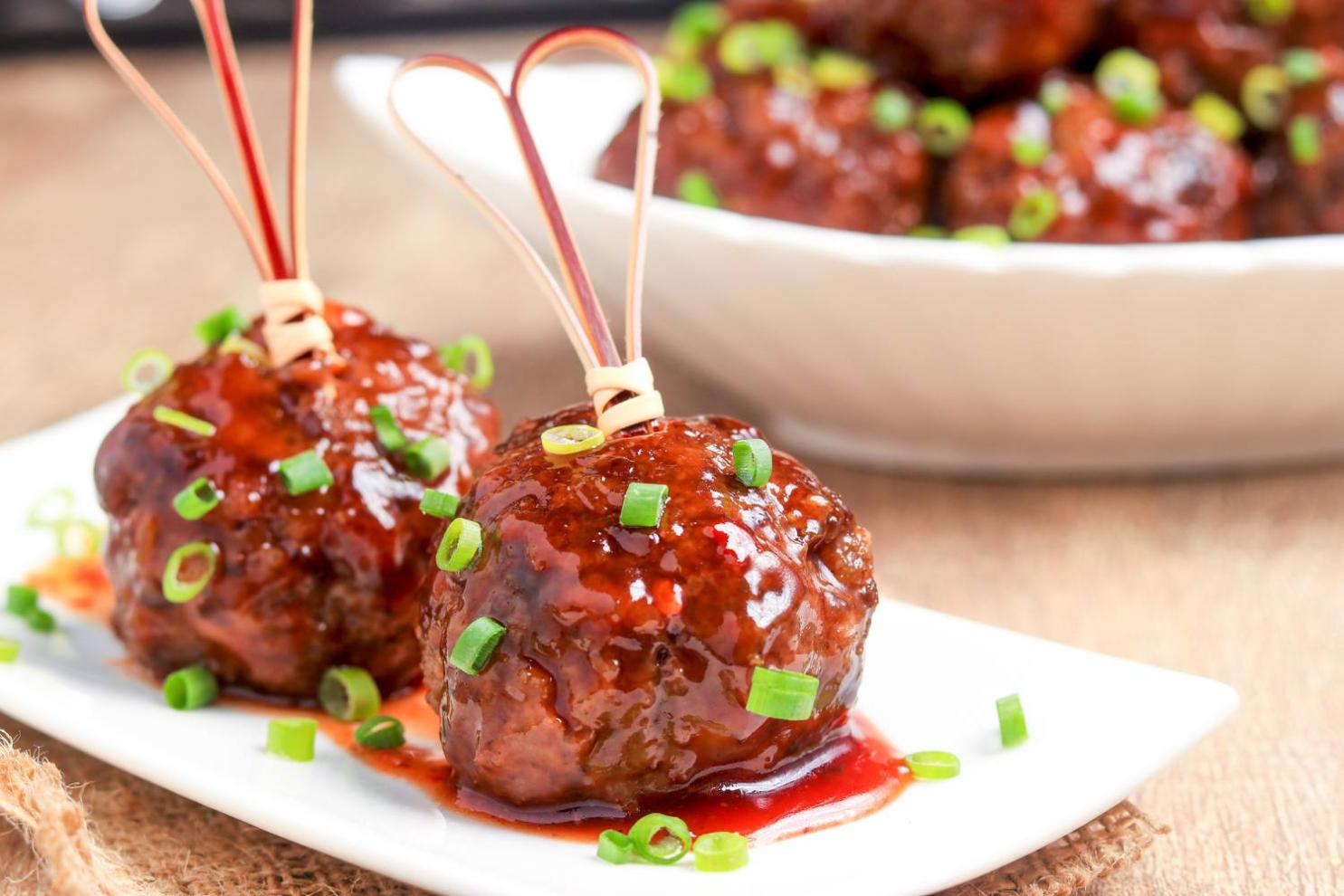Balancing Flavors and Textures: Crafting Appetizers that Delight the Senses
In the world of culinary artistry, appetizers hold a special place, tantalizing taste buds and setting the stage for a memorable dining experience. These culinary creations, often served before the main course, have the power to captivate the senses with their intricate flavors and textures, leaving a lasting impression on diners. Crafting balanced appetizers that delight the senses requires a careful understanding of flavor profiles and textures, as well as an appreciation for the visual appeal that complements the gustatory experience.

Understanding Flavor And Texture
The realm of flavors and textures is vast and complex, yet it can be distilled into fundamental elements that serve as the building blocks of any successful appetizer. Understanding these elements and their interactions is crucial for creating harmonious and enticing dishes.
- Five Basic Tastes: The human palate can distinguish five basic tastes: sweet, sour, salty, bitter, and umami. Each taste plays a distinct role in shaping the overall flavor profile of an appetizer, and combining them in harmonious proportions creates a dynamic and engaging experience.
- Texture: Texture plays an equally important role in flavor perception. The way food feels in the mouth, whether crunchy, smooth, soft, or chewy, can greatly influence its taste. Contrasting and complementary textures add depth and complexity to appetizers, creating a multi-sensory experience that keeps diners engaged.
Crafting Balanced Appetizers
With a solid understanding of flavor and texture, chefs can embark on the creative journey of crafting balanced appetizers that tantalize the senses. This involves careful ingredient selection, skillful flavor balancing, and thoughtful presentation.
Selecting Ingredients:
- Distinct Flavors and Textures: Choose ingredients with distinct flavors and textures to create a dynamic and engaging appetizer. For example, combining sweet and sour fruits with salty cheese or crunchy nuts can create a captivating interplay of flavors and textures.
- Seasonal and Local: Consider using seasonal and local ingredients for freshness and variety. Seasonal produce is at its peak flavor, and locally sourced ingredients support local farmers and businesses.
- Experimentation: Don't be afraid to experiment with different flavor combinations and textures. Culinary innovation often stems from unexpected pairings, so be open to trying new things and discovering new favorites.
Balancing Flavors:
- Sweet and Sour: Use sweet and sour ingredients to create a dynamic contrast that awakens the taste buds. For example, a combination of sweet berries and tangy citrus can create a refreshing and vibrant appetizer.
- Salty and Bitter: Incorporate salty and bitter flavors for depth and complexity. Salty ingredients, such as cured meats or cheese, can enhance the other flavors in an appetizer, while bitter elements, such as arugula or radicchio, can add a touch of sophistication.
- Umami: Add umami-rich ingredients to enhance overall flavor perception. Umami, often described as savory or meaty, can be found in ingredients such as mushrooms, tomatoes, and aged cheeses. It adds a richness and depth of flavor that makes appetizers more satisfying.
Balancing Textures:
- Crunchy and Soft: Combine crunchy and soft elements for a satisfying contrast that engages the senses. For example, a crispy crostini topped with a soft and creamy spread creates a delightful textural experience.
- Smooth and Rough: Play with smooth and rough textures for a multi-sensory experience. A smooth mousse paired with a rough-textured cracker can create an interesting and engaging contrast.
- Temperature Variations: Consider temperature variations for added interest. A warm appetizer, such as a baked brie, can be contrasted with a cold garnish, such as a chilled fruit salad, to create a dynamic and memorable experience.
Presentation And Plating

The visual appeal of an appetizer is just as important as its taste and texture. A beautifully presented appetizer can elevate the dining experience and create a lasting impression on diners.
- Colorful Ingredients: Use colorful ingredients to create a visually appealing appetizer. Bright and vibrant colors, such as red peppers, green herbs, and orange citrus, can make an appetizer more inviting and appetizing.
- Aesthetically Pleasing Arrangement: Arrange appetizers in an aesthetically pleasing manner. Take the time to carefully place each element on the plate, creating a visually balanced and harmonious composition.
- Garnishes and Sauces: Consider the use of garnishes and sauces for added visual interest. A sprinkle of fresh herbs, a drizzle of balsamic glaze, or a dollop of colorful sauce can enhance the visual appeal of an appetizer and make it even more tempting.
Crafting balanced appetizers that delight the senses is an art form that requires a deep understanding of flavor profiles, textures, and visual appeal. By carefully selecting ingredients, balancing flavors and textures, and presenting appetizers in an aesthetically pleasing manner, chefs can create culinary creations that captivate the senses and leave a lasting impression on diners. Experimenting with different flavor combinations and textures, refining recipes over time, and embracing creativity are key to mastering the art of appetizer crafting.
So, embark on a culinary journey, explore new flavor and texture combinations, and create unique and delightful appetizers that will tantalize the senses and make your next gathering a truly memorable experience.
YesNo

Leave a Reply